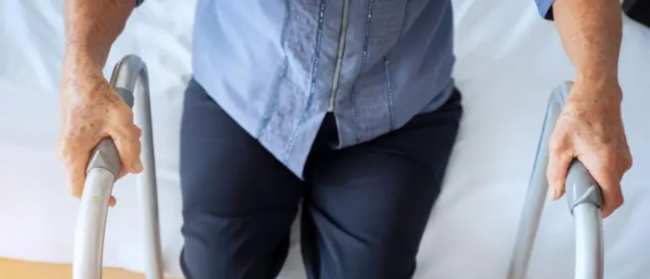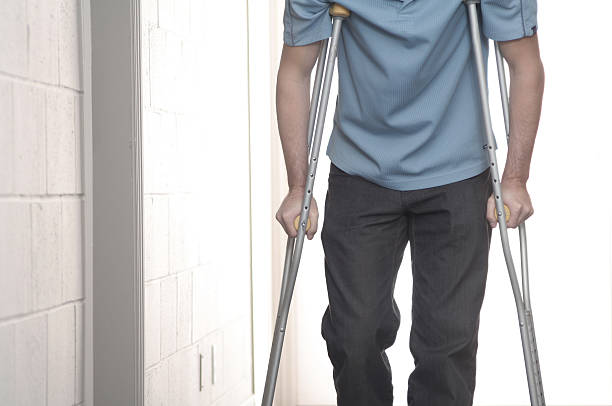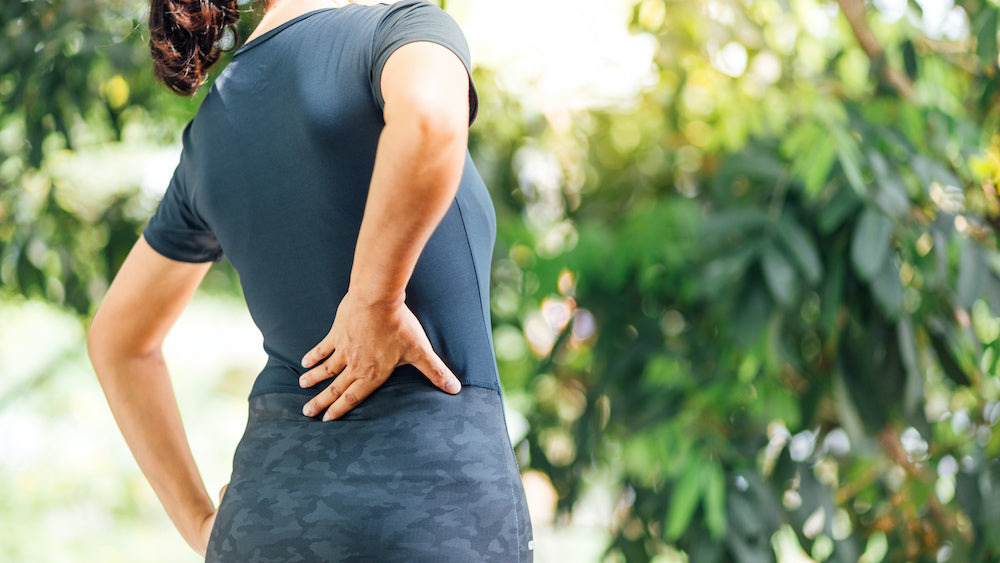According to the National Hospital Discharge Survey, hip replacement surgeries have significantly increased in the last decade. This is why hip pain has now become a common complaint among people of all ages.
A hip replacement surgery is performed on people suffering from joint pain associated with hip dysplasia, arthritis, and other sports-related injuries. In this surgery, damaged sections of your hips are removed and replaced with prosthetic material. People who undergo hip replacement surgery are often afraid that they will accidentally dislocate their new hips. So, when your body adjusts to this new change, you need to take care of yourself in order to avoid damaging the new implant.
We have compiled a list of precautions and tips to reduce the risk of hip replacement injuries to bring you back on your feet!
Restrictions after Hip Replacement Surgery
After being discharged from the hospital, it is important to take care of yourself and not do anything that can cause unnecessary pressure on your legs or hips. Your doctor will give specific instructions for how active you can be depending upon what type of surgery was performed.
As instructed by your doctor, you should refrain from bending the operated side of your body more than 90 degrees. You also need to keep the leg that was operated, straight and avoid crossing it with another leg or leaning too much in any direction for long periods of time. Pivoting is a no-no as well; try not to do a turn or twist either leg inward (into yourself) or outward when sitting down.
You may be tempted to move after you have somewhat recovered. However, this is discouraged because it puts undue strain on your joint and can cause more pain in the longer run. If you need help walking or moving there are plenty of mobility aids like walkers, crutches, and rolling carts available to assist you.
Remember that you are not allowed to drive for 8 weeks after surgery. And, in order to avoid injury as a passenger, it is important that your seat is at an appropriate height (avoid ones with low seats). Also, if you are a smoker, your doctor will definitely want to know this before they operate on your hip. This is because smoking increases the risk of infection and blood clots so it is highly encouraged that patients should stop smoking before or after injury.
Recovery from Hip Replacement
1. Use a walking aid
A walker and cane can be helpful in many ways. They can greatly help your new hip stay balanced. Walkers and canes are usually temporary tools that provide support while patients heal from surgery on their hips/legs.
2. Take proper medication
Patients who have had hip replacement surgery should be aware that pain relief is important for a speedy recovery. However, there are risks with taking any medication or drug regularly so it's good to consult your doctor before you start taking any medication.
3. Seek physical therapy
Although surgery is only half the battle, it's no easy fix! The other half of your pain-free mobility may depend on physical therapy. Physical therapy can prevent pressure sores and strengthen muscles, as well as promoting circulation in the body which will help you with the healing.
A physiotherapist will work with you to advise which movements to avoid and how to maintain a healthy walking routine.
Conclusion
Your hip replacement recovery will depend on the type of hip surgery you had and your physical health before surgery. And if you are not sure about your post-surgery movement, it's best to speak with a doctor or physiotherapist before jumping into any physical activity that puts strain on your wound site.
Our mission is to help you recover and get back to life as easily as possible. Reboundwear’s adaptive clothing line is particularly designed to help those recovering from hip surgery. If you are an active adult and getting back quickly is important to you, we have got the best adaptive wear waiting for you.
Check out our post-hip surgery adaptive wear, click here.






Leave a comment
All comments are moderated before being published.
This site is protected by hCaptcha and the hCaptcha Privacy Policy and Terms of Service apply.